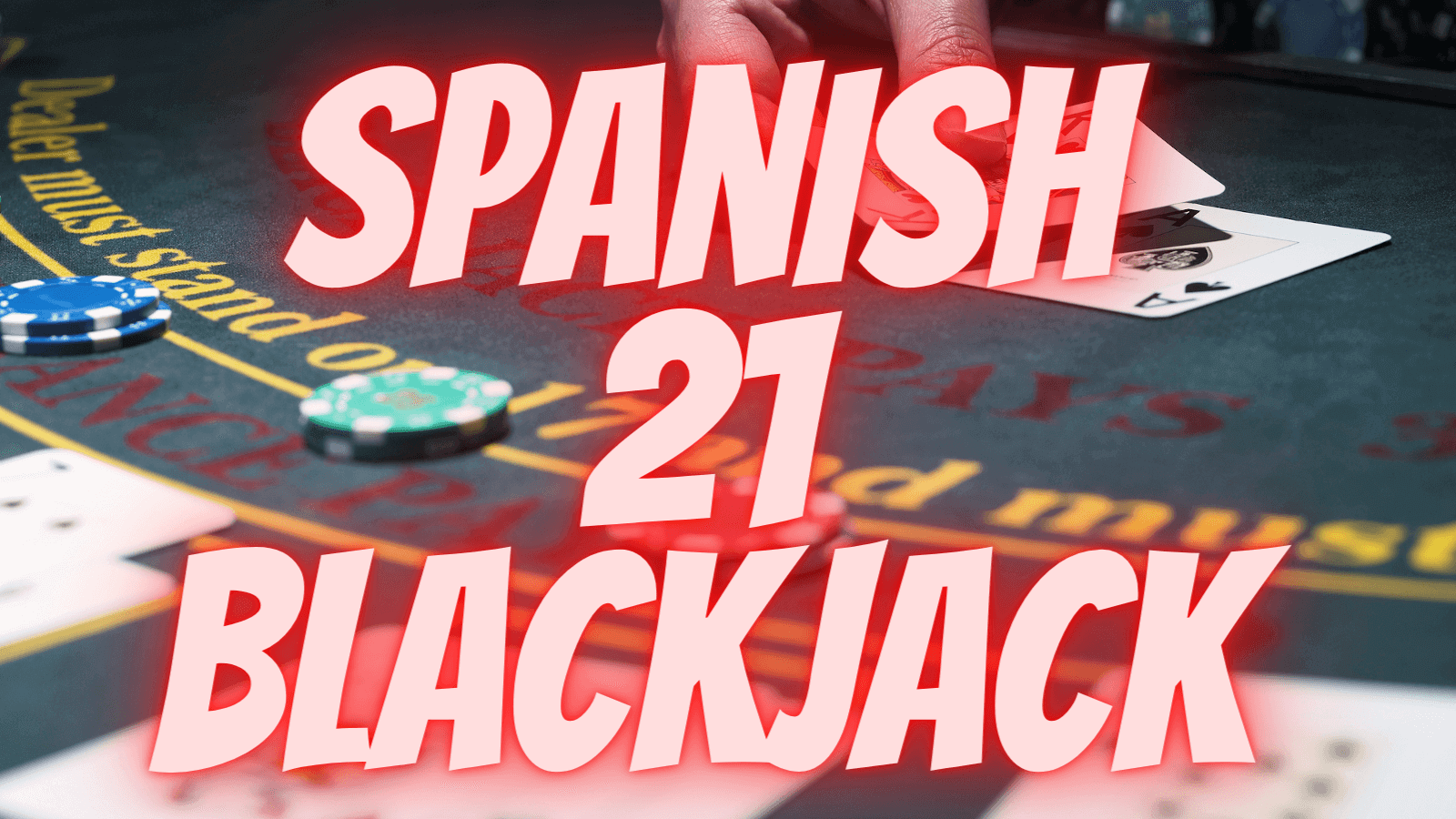Is Spanish 21 Better Than Blackjack?
You might be wondering whether you should play Spanish 21 or blackjack. The answer depends on your skill level. If you are a beginner then you might be able to play Spanish 21, but if you are experienced you may be better off playing blackjack. However, there are many different versions of the game, so you will want to find one that is right for you.
Split aces
During a game of Spanish 21, players can choose to split aces. This means that they can take a second pair of aces, allowing them to play from four hands. Most games do not allow you to re-split aces, however.
Players can also double down, or double their wager. In Spanish 21, this is a great way to boost their odds of winning.
The game has a higher house edge than other versions of blackjack. However, you can overcome it with a few strategies. Some of the best ways to do so include learning to count cards and using card counting techniques to beat the game.
Other tricks include doubling down after splitting and using Late Surrender. After doubling down, a player has the option of surrendering their hand. If they forfeit their bet, they will receive half of their original bet.
Double down
In order to win a game of Spanish 21, you must have a higher total than the dealer. This means you should play your hand correctly. If you make a mistake, you can always surrender your bet. That way, you don’t lose all of your money.
Spanish 21 is very similar to blackjack. However, there are a few key differences. For one, players are not allowed to touch their cards. Therefore, if you hit with a low card, you usually take another card.
The house edge in Spanish 21 is much higher than in blackjack. However, the rules of the game allow players to overcome the high house edge. There are also special payouts for certain hands. Some of these payouts can help you earn extra money.
Surrender
If you have played both regular blackjack and Spanish 21 then you have probably noticed that there are differences. For starters, Spanish 21 has a novel twist. The game is designed to reduce the house edge.
This strategy has several advantages for players. One of them is that the game is easier to play. You have the option of doubling down after splitting and taking another shot at a blackjack. These features make it more likely that you will hit.
Another advantage of Spanish 21 is that it has a higher payout. There are three possible payouts in each hand, and each of them pays more. In most cases, you can expect a payout that is about one or two times the original bet.
Insurance
Spanish 21 is not a game for the faint of heart. However, it has a few perks for the rest of us, like an open table and no minimum bet. This is a win-win for both players and dealers. The one caveat is that the house isn’t exactly hospitable to small stakes, which is especially true during a midday slump. For this reason, a good plan of attack is to get in the game early.
Aside from the obligatory dealer hit and stand, the game offers a healthy assortment of side bets. The most notable of these is the Match the Dealer. While the odds of winning are not insignificant, the house edge on this bet is well under one percent, which is a welcome respite from the unbridled misery of the main game.
Side bets
Spanish 21 is a variation of the classic game of blackjack. It differs from the classic version because it uses 48 cards instead of twenty-one. This makes it easier for players to make their bets and increase their chances of winning.
There are several rules that players must follow, however. The goal of the game is to get the player’s hand to reach twenty-one. While a twenty-one hand is the highest possible score, a player can also win with any other hand that totals nine.
Players can make various moves, such as splitting or doubling. They can also choose to take insurance. Insurance pays out at a rate of 2:1.
One of the most popular side bets in Spanish 21 is the Match the Dealer bet. This wager pays out when one or more of the initial player cards matches the dealer’s up card.
